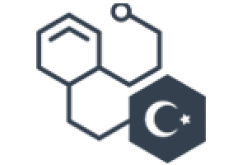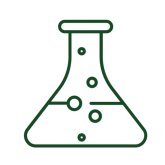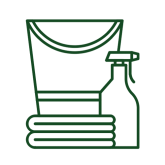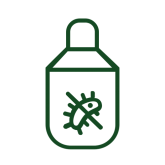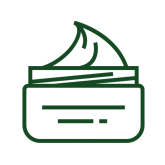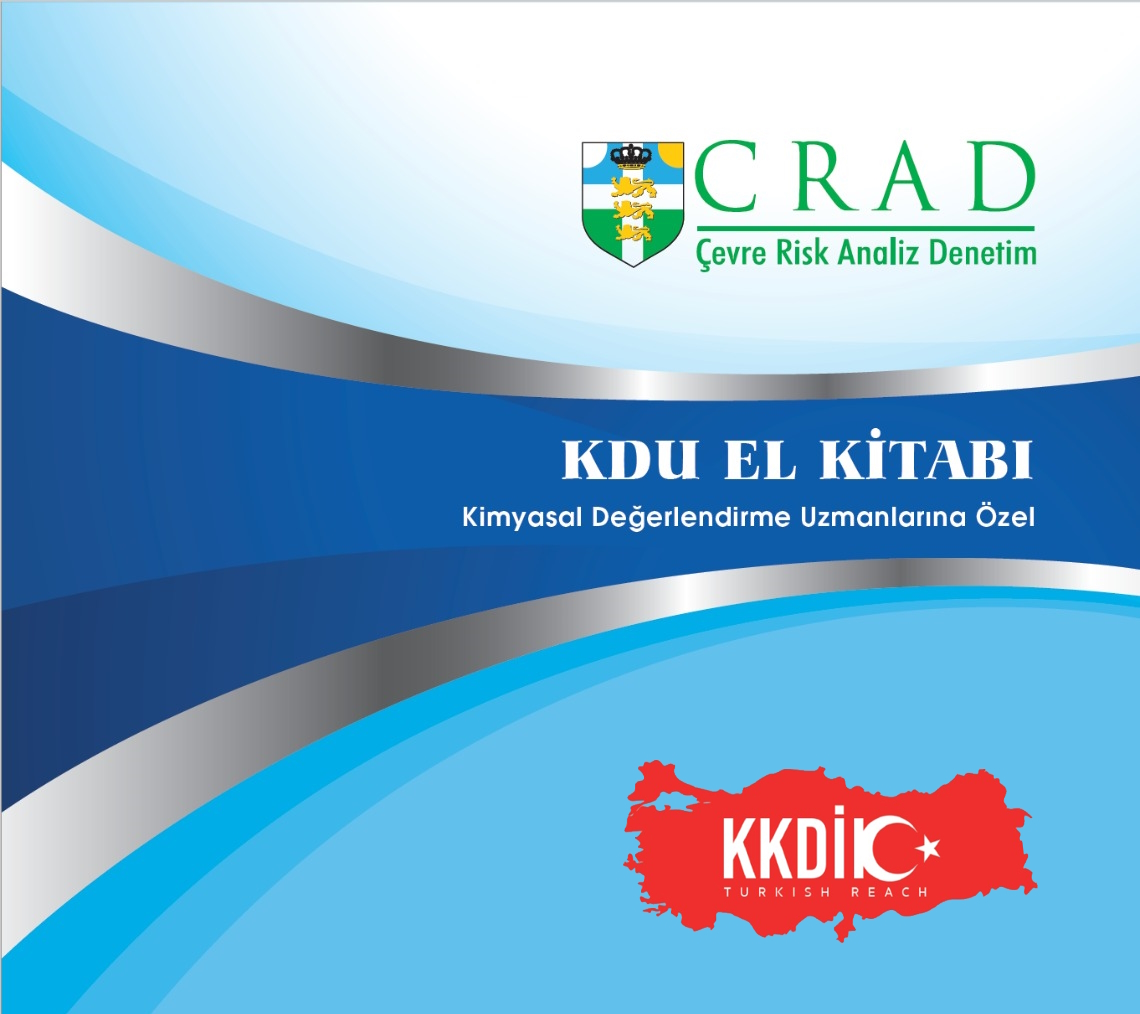REACH COMPLIANT SAFETY DATA SHEETS(e-SDS) & CLP COMPLIANT LABELS
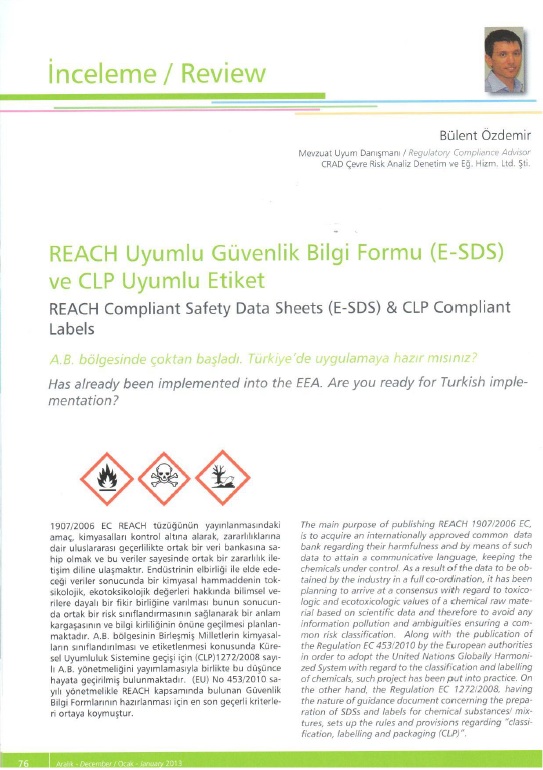 Boyatürk Magazine - 2013 December-January
Boyatürk Magazine - 2013 December-January
Has already been implemented into the EEA. Are you ready for Turkish implementation ?
The main purpose of publishing REACH 1907/2006 EC, is to acquire an internationally approved common data bank regarding their harmfulness and by means of such data to attain a communicative language, keeping the chemicals under control. As a result of the data to be obtained by the industry in a full co-ordination, it has been planning to arrive at a consensus with regard to toxicologic and ecotoxicologic values of a chemical raw material based on scientific data and therefore to avoid any information pollution and ambiguities ensuring a common risk classification. Along with the publication of the Regulation EC 453/2010 by the European authorities in order to adopt the United Nations Globally Harmonized System with regard to the classification and labelling of chemicals, such project has been put into practice. On the other hand, the Regulation EC 1272/2008, having the nature of guidance document concerning the preparation of SDSs and labels for chemical substances/ mixtures, sets up the rules and provisions regarding “classification, labelling and packaging (CLP)”.
Turkish authorities that closely follow the developments in terms of chemical legislation across the world have been still working in order to ensure global regulatory compliance. For that purpose, the Turkish Ministry of Environment and Urbanization published a draft document this year which corresponds to CLP implementations. This draft document is still been promoting and is expected to be published until the end of this year following finalizing studies. We are of opinion that, while the regulatory rules regarding classification, labelling and packaging of chemicals which are currently tackled by the Turkish industry are not exactly grasped and implied, it will not be easy the compliance with this new system which will bring new obligations with regard to classification, labelling and packaging. Following the entry in force of such legislation, both the format and content of safety data sheets will change and the labels will be prepared according to the new requirements.
For substances that are sold in quantities of more than 10 tonnes per year and are classified as dangerous, Exposure Scenarios describing how a substance can be safely handled to control exposures to both human health and the environment shall be appendixed to SDS, forming extended safety data sheets (e-SDS). This new SDS/e-SDS is known as "REACH SDS".
You need to supply REACH SDS to your customers before or at time of the first delivery of chemical in paper or electronic format if your product is:
• substance or a mixture that is classified as hazardous, or PBT/vPvB or SVHC;
• a mixture that is not classified as dangerous, but contains a substance posing human health or environmental hazards with a concentration of >1%w/w for non-gaseous mixtures or 0.2%v/v for gas;
• a mixture that is not classified as dangerous, but contains a substance that is PBT, or vPvB, or SVHC in an individual concentration of ≥ 0.1 % by weight for mixtures that are solid or liquids (i.e., non-gaseous mixtures);
The major changes of safety data sheets are outlined as below:
Section 1: Identification of substance or mixture and company:
Registration No. is required (when available); Identified uses and uses advice against for the substance/mixture shall be added; E-mail address of competent person is needed;
Section 2: Hazards identification:
Product label information (for mixtures R and S phrases, symbol(s); for substances R phrases as
well as H-P statements, pictograms) shall be provided.
Distinguish between mixtures that are and are not hazardous; Mention other hazards that do not result in classification (e.g., dustiness, ozone depletion); Classification as in Title V CLP and DSD (see note);
Section 3: Composition & information on ingredients:
All substances classified as hazardous or those with OELVs or PBT/vPvB need to be reported;
differently from the former DPD, the hazard classifications referring to each ingredient shall be
provided in accordance with former and new classification methods as well. (CLP – H statements
and DSD – R phrases)
Section 7: Handling and storage:
Where CSR required, information to be consistent with Exposure Scenario (ES); Under "Handling" include measures to protect environment; New section on "Specific uses";
Section 8: Exposure controls/personal protection (If CSR is required):
DNELs and PNECs for substance shall be provided; Summary of Risk Management Measures(RMM) shall included for identified uses as set out in ES;
Section 11, 12: Toxicological information and Ecological information:
Summaries of toxic tests and ecological tests need to be provided accompanied by relevant
test methods;
Section 15: Regulatory information:
Indicate if CSA has been carried out; Indicate if the substance subject to authorization/restriction;
Section 16: Other information:
Full text of R phrases (hazard statements) and H statements to be listed; In case of any revision, indicate information added/deleted/revised;
Note 1: From 1 December 2010 until 1 June 2015, substance shall be classified in accordance with both 67/548/EEC (DSD) and CLP regulation.
Note 2: An example of REACH SDS prepared by CIRS can be found here.
SDS shall be updated a.s.a.p:
• once a REACH registration number is acquired;
• for hazardous substance from 1 Dec 2010; • for hazardous mixture from 1 Dec 2015;
• when new hazard information or information that may affect the risk management measures becomes available;
• when a substance or mixture is classified according to the CLP Regulation;
• once an authorisation under REACH is granted or refused;
• once a restriction under REACH has been imposed.
How do I update REACH SDS after a REACH registration number is acquired?
• registration number shall be added;
• identified use(s) and uses advised against shall be added;
• exposure scenarios including any risk management measures shall be added when available; The information in the SDS should be consistent with the information in the chemical safety report (CSR) for that substance, or a mixture if a Chemical safety assessment(CSA) for the mixture is available;
• DNEL (derived no effect level) and PNEC (predicted no effect concentration) shall be given when available;
Note: When a SDS is updated, the new dated version of the SDS, identified as ‘Revision: date’ shall be supplied to all customers.
What is extended Safety Data Sheets (e-SDS) under REACH?
Exposure Scenarios (from Chemical Safety Report - one part of registration dossier) shall be annexed to SDS after REACH registration is completed. The updated SDS is called extended Safety Data Sheet or eSDS.
‘Exposure Scenario’ means the set of conditions, including operational conditions and risk management measures, that describe how the substance is manufactured or used during its life-cycle and how the manufacturer or importer controls, or recommends downstream users to control, exposures of humans and the environment.
Note 1: e-SDS is only required for substances that are sold in quantities of more than 10 tonnes per year and are classified as hazardous.
Note 2: e-SDS could reach hundreds of pages. When customers receive an eSDS, they will need to identify the relevant ES(s) for their own particular uses. If their uses are not covered, they will need to develop their own ESs.
For substances: In SDSs a “dual” classification in accordance both with DSD and CLP has been taken part since 1 December 2010 and labelling and packaging have been in accordance with CLP only.
For mixtures: The mixtures can be classified and labelled in accordance with DSD until 1 June 2015; during that time in case where CLP is required to apply “preferably”, a dual classification will be applied in SDSs when labels and packages will only be in accordance with CLP requirements
And finally, during 1 June 2015, both substances sand mixtures will only be classified, labelled and packaged according to CLP.
ABBREVIATIONS
*Registration, Evaluation, Authorisation and Restriction of Chemicals (REACH)
*GHS - Globally Harmonized System of Classification and Labelling of Chemicals
*CLP - Guidance on classification, labelling and packaging
*GHS - Kimyasalların Sınıflandırma ve Etiketlendirilmeleri için Global Uyum Sistemi
*CLP - Kimyasal madde ve Müstahzarlar için Sınıflandırma, Etiketleme ve Paketleme Yönetmeliği
*persistent, bioaccumulative and toxic (PBT), or very persistent and very bioaccumulative (vPvB), substance of very high concern(SVHC).
Bülent Özdemir
Biologist
Regulatory consultant / SDS author certified from Turkish Standards Institute



